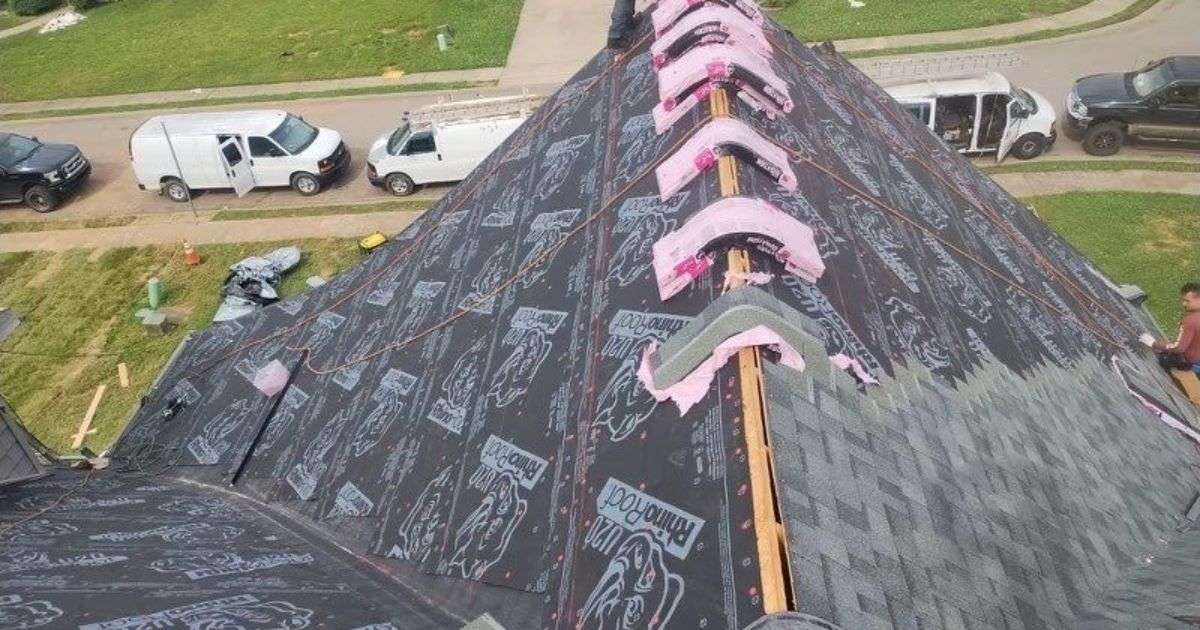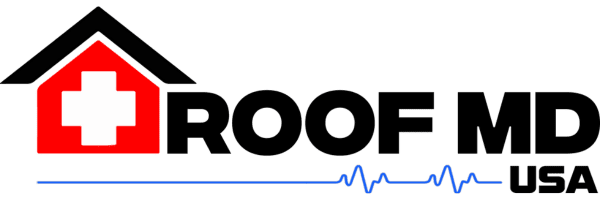What Does a Roof Cost? The Complete Guide to Roof Replacement Costs

Wondering, “What does a roof cost?” You’re not alone. Roof replacement is a major home improvement project, and the price can feel overwhelming. But focusing only on cost doesn’t tell the full story. Roof replacement expenses vary widely due to several factors, and hidden costs can stretch your budget further than expected.
In this blog, we’ll walk you through these often-overlooked costs, breaking down materials, warranties, and labor. By the end, you’ll feel confident about making smart choices for your home. Let’s dive in!
What Does a Roof Cost: Roofing Materials
The biggest factor in roof cost is the type of roofing material you choose. Materials don’t just affect the upfront cost—they also impact lifespan, maintenance, and performance in your local climate.
Asphalt Shingles
Asphalt shingles are a popular, affordable option with a range of styles. Basic versions are budget-friendly, while premium options with better durability and aesthetics cost more.
Metal Roofing
Metal roofs are tough, energy-efficient, and great for harsh weather. While they cost more upfront than asphalt shingles, their long lifespan and low maintenance make them a smart investment. Plus, they can help reduce energy bills thanks to excellent insulation.
Clay Tiles, Slate, and Wood Shingles
Clay tiles and slate are extremely durable and offer a high-end look, but their weight may require extra structural support, increasing costs. Wood shingles provide a rustic charm but need regular upkeep and aren’t ideal for wildfire-prone areas.
Choosing the right material means balancing cost, durability, savings, style, and your home’s needs. For instance, if you live in an area with harsh winters or frequent storms, durable options like metal or slate can save money and hassle down the road.
Ultimately, the best roof is the one that fits your budget, style, and home’s requirements. Let’s help you make the right choice!
Don’t Overlook Material Warranties
When planning a roof replacement, many homeowners forget the importance of material warranties. Think of it as a safety net for your investment. A good warranty might cost more upfront, but it can save you money and stress in the long run.
Warranties vary by manufacturer. Basic ones typically cover manufacturing defects, while more comprehensive options might also include installation errors or weather damage. High-end materials often come with the best warranties—some last 50 years or more and may cover storms or hail, which is especially useful in areas prone to severe weather.
If you live in a storm-prone area, investing in a strong warranty can be a game-changer. For example, warranties that cover wind or hail damage might cost more upfront but could save you thousands in repair costs later. Just be sure to read the fine print so you know exactly what’s covered before deciding.
Labor Costs: Expertise and Complexity
Labor is a big factor in your total roof replacement cost, and your roof’s complexity plays a major role. Steep pitches, hard-to-access roofs, or those with complex designs like multiple valleys or dormers require more time, specialized tools, and skilled workers, all of which can increase costs.
Geography also matters. Labor costs tend to be higher in urban areas or regions with a higher cost of living, like the Northeast, due to stricter building codes. In contrast, labor is often cheaper in the Midwest due to lower living costs and fewer regulations. If your area is prone to severe weather, specialized skills might be needed, which can also raise costs.
Here’s a tip: avoid hiring the cheapest or least experienced roofing contractors. While it might save you money upfront, poor workmanship can lead to expensive repairs, leaks, or even another roof replacement sooner than expected. Experienced roofers may cost more initially but often deliver better results, a longer-lasting roof, and fewer unexpected repairs, saving you money in the long run.
Structural Repairs: Hidden Costs You Should Know

Structural repairs are a crucial but often overlooked part of roof replacements. Before installing new materials, the roof deck and supports must be in good condition. Problems like rotting wood, sagging supports, or water damage need fixing to prevent bigger issues like leaks or weakened structures.
For instance, water-damaged roof decks may require full section replacements. Older homes or those in harsh climates might need reinforced rafters to meet safety standards. These updates make your roof stronger and better prepared for extreme weather.
A thorough roof inspection before starting can uncover hidden issues. While structural repairs add upfront costs, they’re a long-term investment in a sturdy, durable roof. Addressing these problems now avoids costly surprises later, increases resale value, and offers peace of mind.
Permits and Local Building Codes
Permits and building codes may not seem exciting, but they’re non-negotiable for a safe, legal roof replacement. Requirements vary based on location but skipping them can lead to fines, delays, or even redoing parts of the project.
The process often involves submitting plans, scheduling inspections, and possibly adjusting your project to meet local rules. For example, in hurricane-prone areas, roofs may need extra reinforcements or wind-resistant materials.
After replacing the roof, inspections certify the work meets code. While this adds cost, it prevents future legal or structural issues. Plus, a properly permitted and inspected roof adds value to your home and reassures buyers the work was done right.
Planning for permits and codes from the start eliminates surprises and ensures your roof is built to last.
Long-Term Maintenance and Warranty Tips
A new roof is an investment that needs proper care to last. Regular maintenance is essential to keep costs low and avoid unexpected repairs.
Simple tasks like annual inspections, clearing debris, cleaning gutters, and fixing small issues promptly can extend your roof’s life. These steps catch minor problems, such as loose shingles or leaks, before they escalate into costly repairs.
Warranties also play a key role in saving money. A good warranty can cover storm damage, faulty materials, or installation errors.
- Be sure to check the details—does it cover materials and labor?
- How long does it last?
- Are there maintenance requirements to keep it valid?
Choosing a reliable contractor with strong warranties makes a big difference. The best companies back their work with warranties covering both labor and materials. Quality installation reduces the chance of early problems, while a solid warranty helps manage future costs. Some roofers eve
Combined with regular maintenance, a reliable contractor and warranty can help you avoid major repairs and protect your investment for years to come.
Smarter Roofing Decisions
Getting a new roof is more than just adding shingles—it’s a choice that impacts your home’s safety, value, and long-term costs. Factors like roof replacement cost, roofing materials, potential structural repairs, and meeting local building codes can all affect the price.
For instance, skipping structural repairs might save money now but lead to bigger expenses later. Similarly, cheaper materials may need replacing sooner, increasing your roof restoration costs over time.
When planning a roof replacement, think about how materials and methods will hold up long-term. Premium materials may cost more upfront but offer better durability, energy efficiency, and weather resistance. Also, follow local building codes—not just to avoid fines, but to ensure your roof can handle your area’s weather, whether it’s snow, wind, or heat.
By investing in quality materials, skilled installation, and regular maintenance, you can save money and avoid future hassles. Thoughtful planning and proper care will protect your home and budget, giving you peace of mind for years to come. Hopefully this piece helps you make informed decisions and find the best possible roofing company you can.

